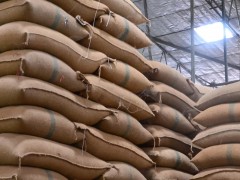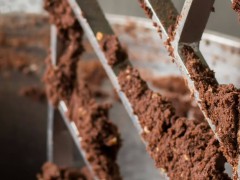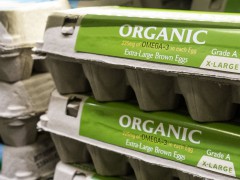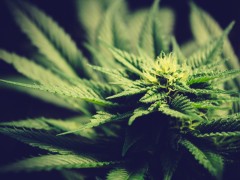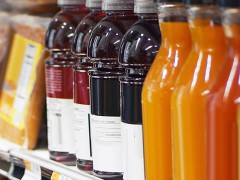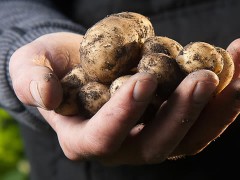PepsiCo’s announcement earlier this year that it will launch “Pepsi Made with Real Sugar” is part of a larger industry trend to market food products as containing simple, natural ingredients. It also is a response to developments in food law relating to the labeling of sweeteners.
Undoubtedly, Pepsi’s move to “real sugar” is designed to appeal to consumers seeking a natural alternative to high fructose corn syrup (HFCS). A previous attempt by the corn syrup industry to label HFCS with the more natural-sounding term “corn sugar” was rejected by FDA in 2012.
Pepsi’s announcement presents an interesting food law question: what is “real sugar” anyway? Under FDA regulations, the term “sugar” may be used in the ingredient statement of a food label to refer to sucrose obtained from crystallization of sugar cane or sugar beet juice that has been extracted by pressing or diffusion, then clarified and evaporated.
While a manufacturer may specify that cane sugar is used, FDA has taken the position that the term “evaporated cane juice” is misleading. A 2009 draft guidance from the FDA advises “sweeteners derived from cane syrup should not be listed on food labels as evaporated cane juice.” The FDA advised that “cane juice” is not a juice as is defined in regulations, 21 C.F.R. §120.1, and therefore industry should stick to the wording “dried cane syrup.” Supporters of the 2009 draft guidance claim the term “evaporated cane juice” is false and misleading, implying to consumers it is healthier than regular sugar. Industry comments on the draft guidance urge the FDA to recognize that “dried cane syrup” has not historically been used by industry and is not recognized among customers.
In March 2014, FDA reopened the comment period for the 2009 draft guidance to obtain additional data and information on the properties of the ingredient described as “evaporated cane juice,” how it is produced, and how it differs from other sweeteners. FDA has not yet issued final guidance.


